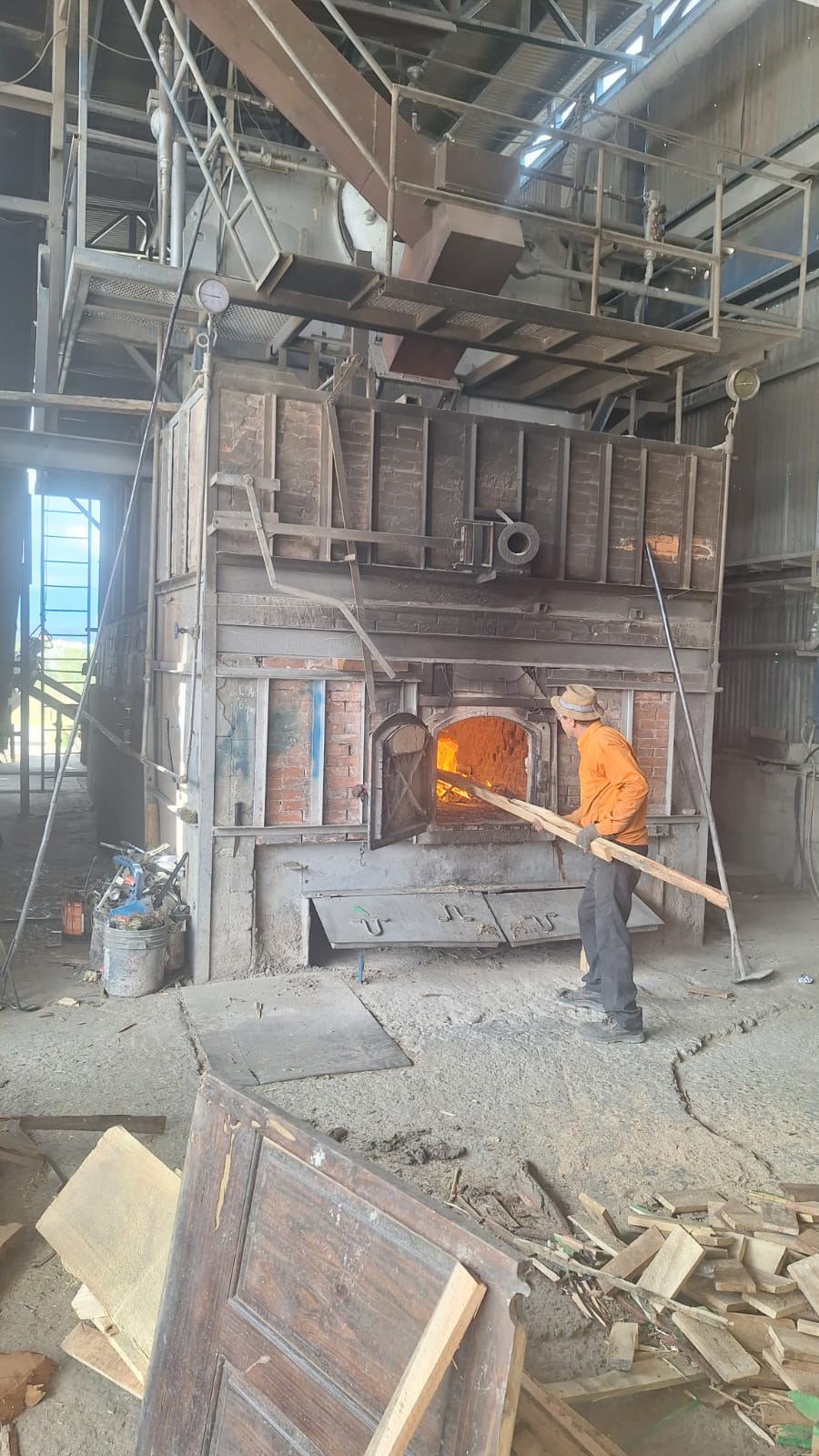
Kiln Drying
Quality Product | Stable Wood | Lasting over Generations
Kiln Drying is Key - Use ONLY Kiln Dried Wood
Without a doubt, kiln-drying is the most important step in the manufacturing of wood slabs. This critical process of reducing a slab moisture content ensures a quality product that will last over time. When administered properly, kiln-drying will not only remove excess moisture from the wood, it eliminates mold and fungi, insect infestation and provides a better base for stains and finishes.
We understand the importance of kiln-drying and take great care to ensure the process is properly managed. With our kilns in operation, we dry our slabs for a minimum of 60 days at temperatures that rise to 180 degrees, uniformly shrinking, sanitizing and stabilizing the slabs. This period of time ensures that each slabs moisture content has been reduced to 10 to 15% or less. Based on our knowledge in the slab industry, we know that we cannot provide the very best product without kiln-drying.
Make sure before you start your project that the woodworker you are working with has the best kiln drying available. Homemade kilns cannot achieve proper temperatures and drying schedules to stabilize and sterilize the wood. A common misconception – “The tree has been dead for years the slabs must be dry”. The truth – logs / trees especially laying on the ground will never dry out enough for the timber to be considered dry enough for any furniture making at all. They are not even close to being dry.
Kiln-Drying Facts:
- Kiln drying stabilizes the wood. Dry Timber = Stable Timber
- Most cracking, twisting, warping and cupping occur during drying.
- Kiln drying kills wood boring insects and decaying fungi. Air drying does not.
- Kiln drying sets the resinous sap "pitch" and prevents pitch bleed.
- Wet timber may go moldy without kiln drying.
Kiln-Drying Process/Steps:
- Minimum 60 days in the kiln is required, especially for 2-3 inch slabs.
- Temperatures need to reach 180 degrees and be held for significant amount of time.
- Slabs are monitored throughout the process, with samples being tested with a moisture meter/probe to be below 10-15%.
- With kiln drying being completed the slabs are stored in a controlled dry storage environment.
- Moisture levels are checked again before the sanding process in begun, any slabs not meeting the correct moisture levels not used.
